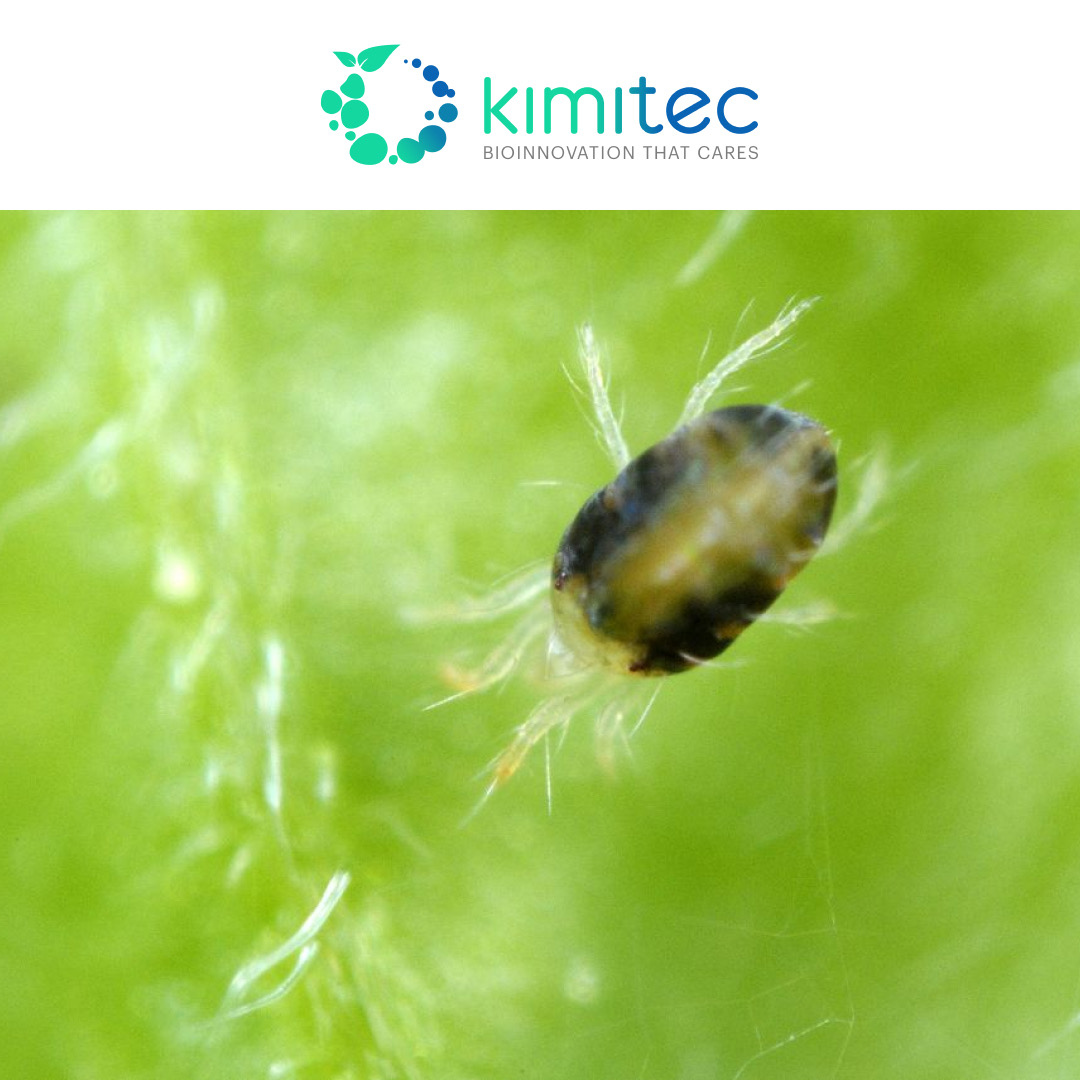
Reading the Ground: Evaluating Soil Health for Sustainable Agri-Food Systems
Soil quality is the bedrock of agriculture, serving as the foundation for crop growth, productivity, and overall ecosystem health. As global populations continue to rise, the demand for food production escalates, placing tremendous pressure on agricultural systems. In this context, sustainable agriculture is not desirable but a necessity to ensure food security and environmental protection urgently. The effective and sustainable management of agricultural lands relies on a thorough understanding of soil health, which is precisely where soil quality indicators come into play.
Evaluating soil quality
Soil quality indicators (SQI) encompass a comprehensive array of physical, chemical, and biological parameters that offer critical insights into the condition and functioning of soils. These indicators are intrinsically linked to essential soil ecosystem functions, such as climate and water regulation, nutrient cycling, and biodiversity. They hold the key to unlocking the mysteries of soil health, providing farmers and land managers with invaluable information to make informed decisions and adapt their practices for more sustainable outcomes.
Assessing the soil quality and its functional capability involves evaluating inherent and dynamic soil properties, which act as indicators of soil function. Since directly measuring soil function can be challenging and observations might be subjective, these properties serve as valuable proxies for understanding soil performance.
Certain indicators are descriptive and applicable in the field, while others necessitate laboratory analyses. As per a basic classification, there are three main categories of soil indicators: chemical, physical, and biological.
Physical indicators
Understanding the structural and hydrological properties of soils is crucial for optimizing water use efficiency and mitigating the impact of extreme weather events. Through indicators like soil texture, aggregate stability, bulk density, and porosity, farmers can tailor irrigation and
drainage systems to match specific soil conditions. This not only conserves water but also Michał Słota | BAW Digest article for May/June edition – draft version reduces the risk of soil erosion and nutrient leaching, ensuring the long-term fertility and productivity of agricultural lands.
Certain indicators are connected to nutrient accessibility due to their impact on root volume and aeration conditions. Other measurements can provide insights into the erosion status.
Chemical indicators
Chemical indicators enable profound insights into the nutrient status and chemical composition of soils. The availability of essential nutrients like nitrogen, phosphorus, and potassium profoundly impacts crop growth and yield.
By analyzing soil pH, organic matter content, and the presence of contaminants, farmers can fine-tune fertilizer applications and optimize nutrient management practices. This precision in nutrient application reduces waste, minimizes environmental pollution, and prevents soil
degradation. Additionally, monitoring soil contamination helps identify potential risks to food safety, safeguarding both human health and the environment.
Biological indicators
Biological indicators emerge as essential tools to gauge the health and biodiversity of soil ecosystems. The soil is teeming with diverse microorganisms that play pivotal roles in nutrient cycling, decomposition, and disease suppression.
Assessing biological indicators like soil microbial biomass, enzymatic activity, and respiration rates provides critical information on the overall vitality and functioning of the soil biota. Furthermore, understanding the relationship between soil organisms and plant health allows
for the implementation of practices that support beneficial soil microorganisms, fostering a balanced and resilient soil ecosystem.
Application in the practice
Healthy soil is the foundation for productive and resilient agriculture, as it directly influences crop yields, nutrient availability, and water retention. By assessing soil health, farmers and policymakers can make informed decisions about sustainable land management practices,
such as optimizing fertilization, implementing crop rotations, and adopting conservation measures. This leads to improved agricultural productivity, reduced environmental impact, and increased resilience against climate change.
The adoption of soil quality indicators in agriculture is not only about short-term gains but also about ensuring the future viability of agricultural systems. Sustainable land management practices, informed by these indicators, promote soil conservation, reduce land degradation, and enhance soil resilience to climate change.
As farmers and land managers embrace a holistic approach to soil health, they contribute to the preservation of natural resources, water quality, and biodiversity. Ultimately, the integration of soil quality indicators in sustainable agriculture paves the way for a more secure
and resilient food production system that can meet the needs of the present while safeguarding the needs of future generations.
References:
1) USDA NRCS. Soil quality indicators (Physical, chemical, and biological indicators for soil quality assessment and
management) (2015). Available at: https://www.nrcs.usda.gov/sites/default/files/2022-
10/indicator_sheet_guide_sheet.pdf
2) Doran, J.W. and T.B. Parkin. 1996. Quantitative indicators of soil quality: a minimum data set. In J.W. Doran and A.J.
Jones, eds. Methods for Assessing Soil Quality. SSSA, Inc., Madison, Wisconsin, USA.
Illustrations:
Illustration 1. Soil function indicator matrix. Direct relationship between the function and
indicator is shown using a relative scale of filled circles (based on: USDA Natural Resource
Conservation Service





